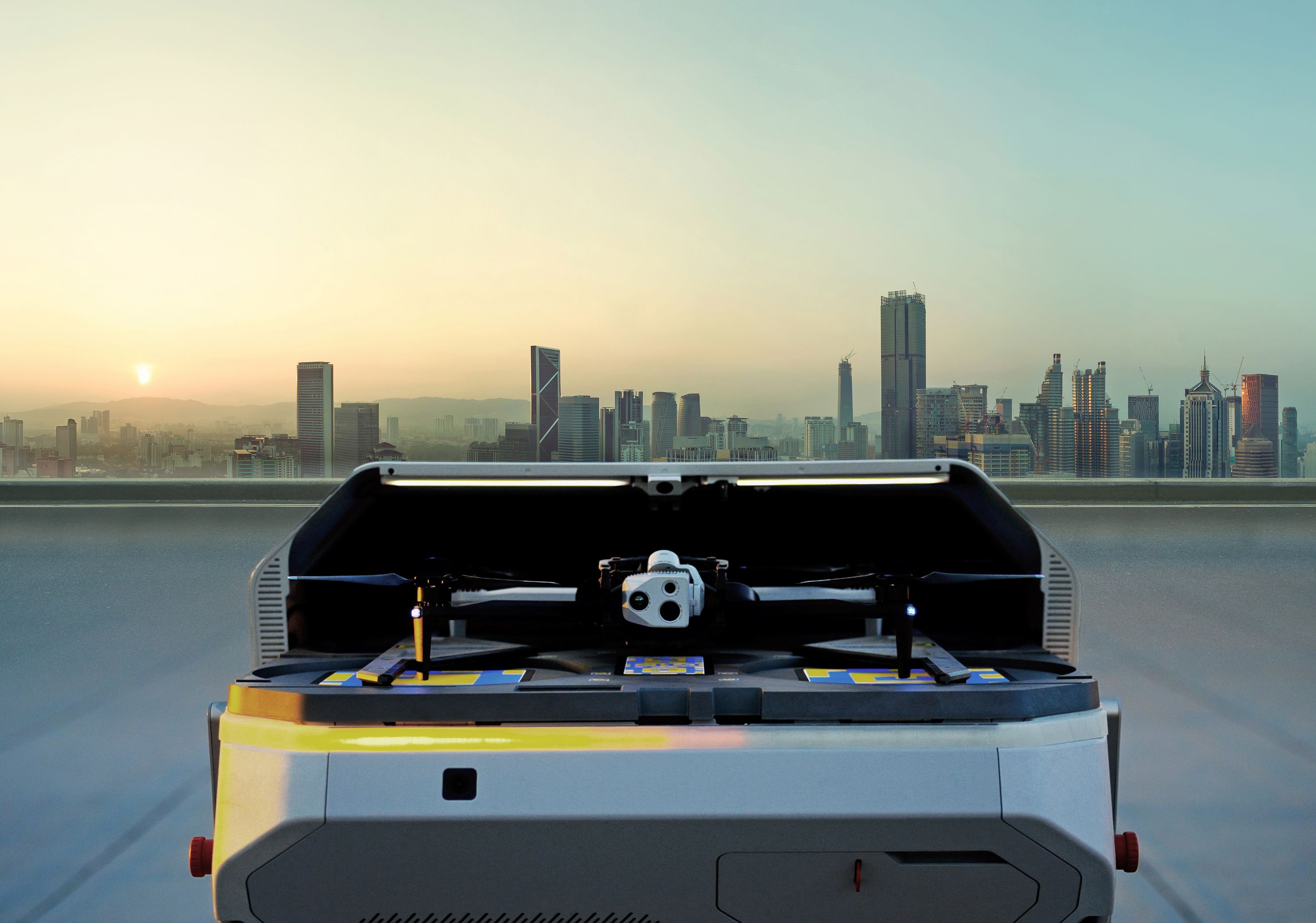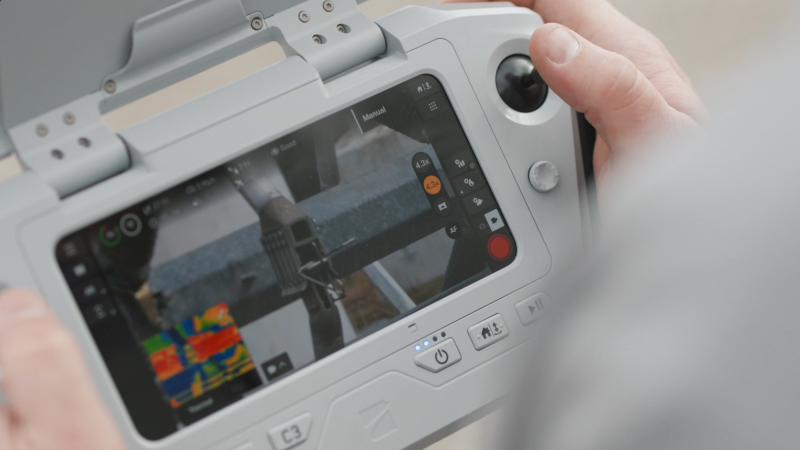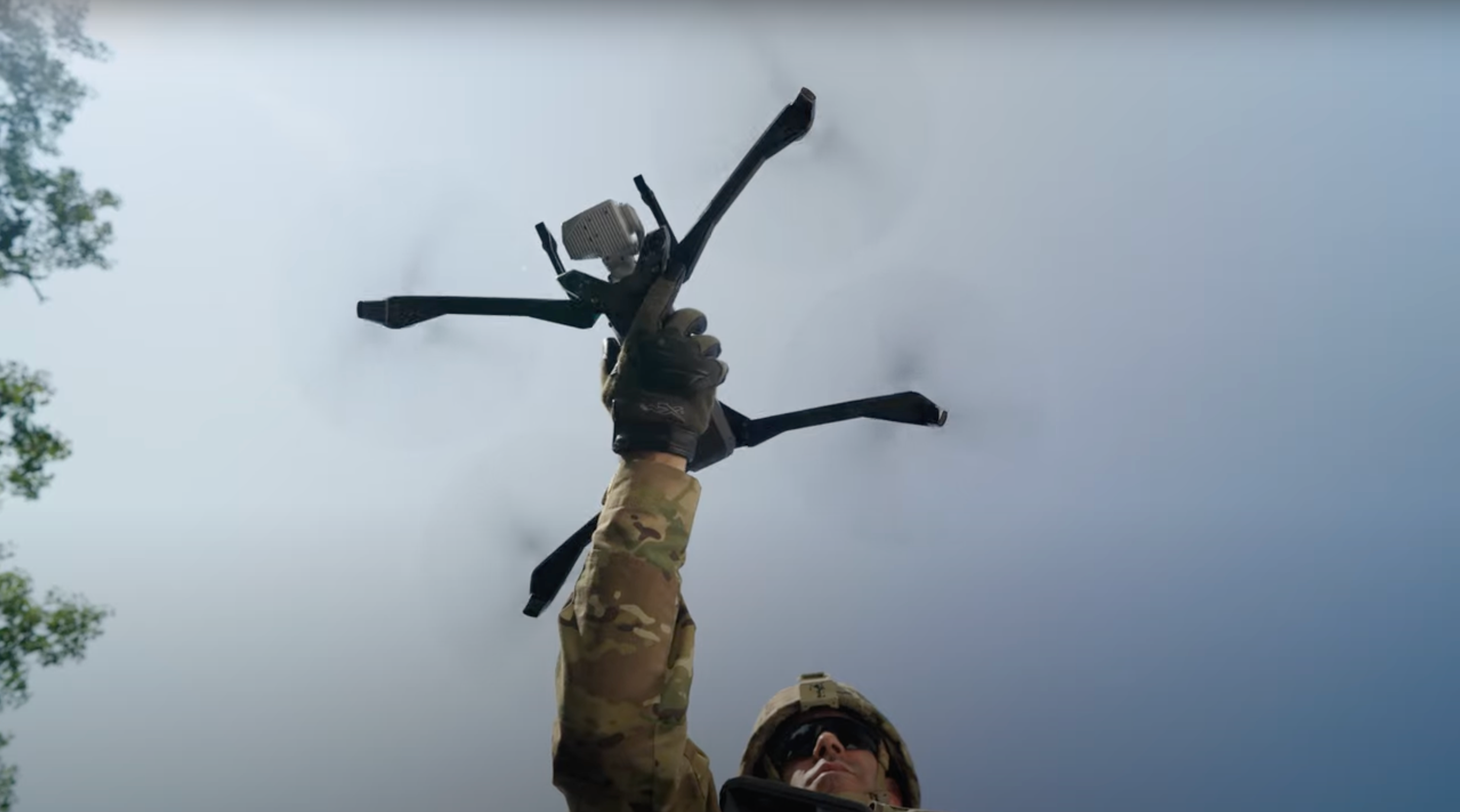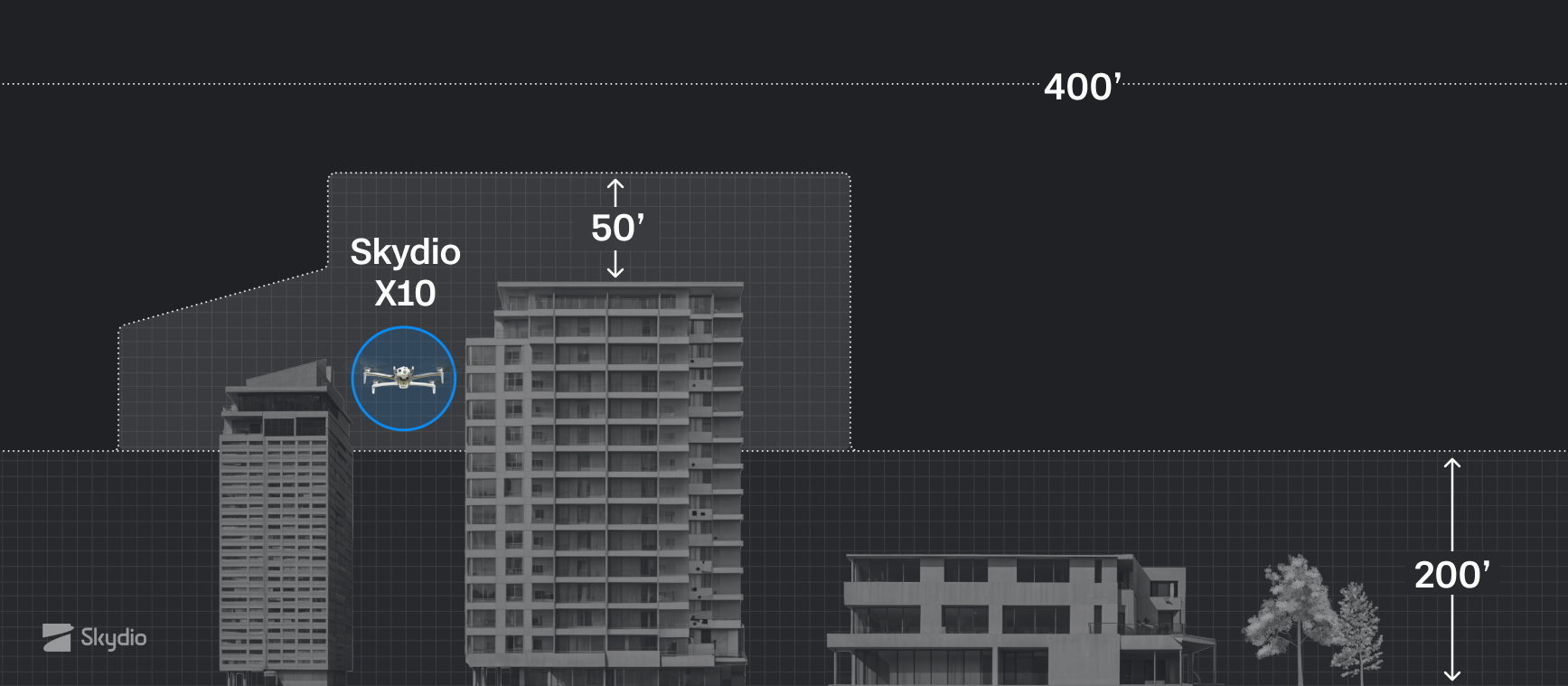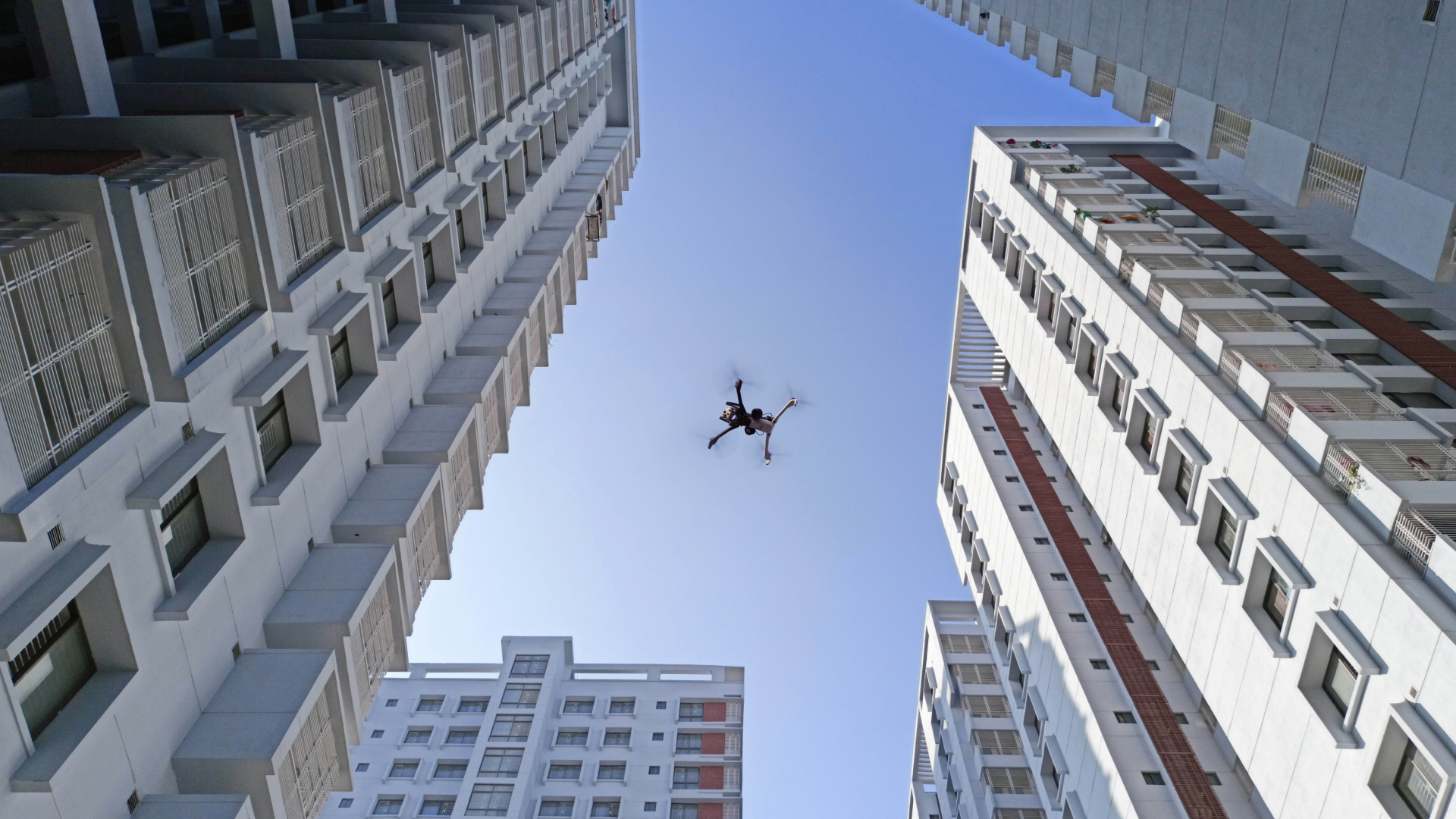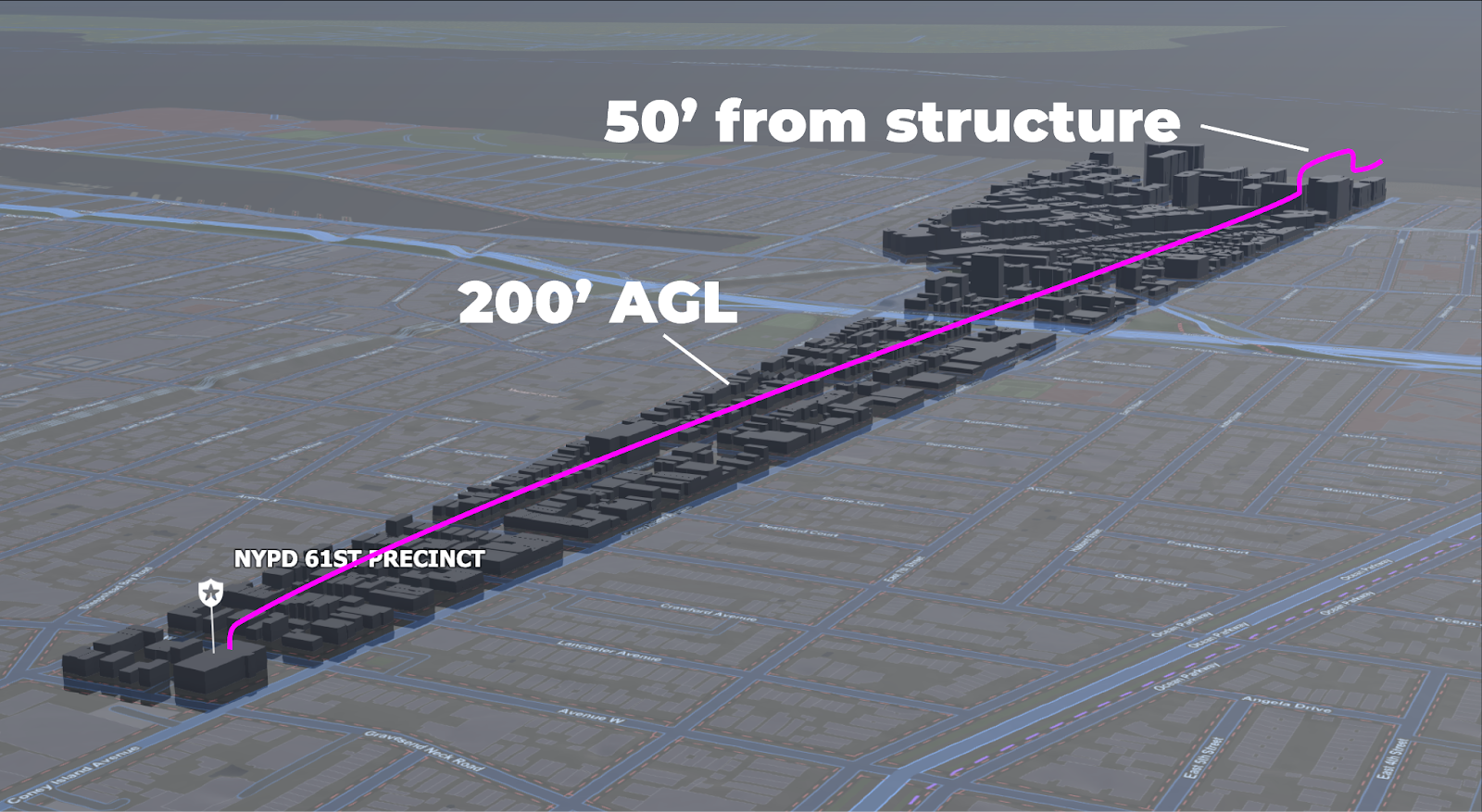New FAA BVLOS Rules on the Horizon: What Drone Operators Need to Know
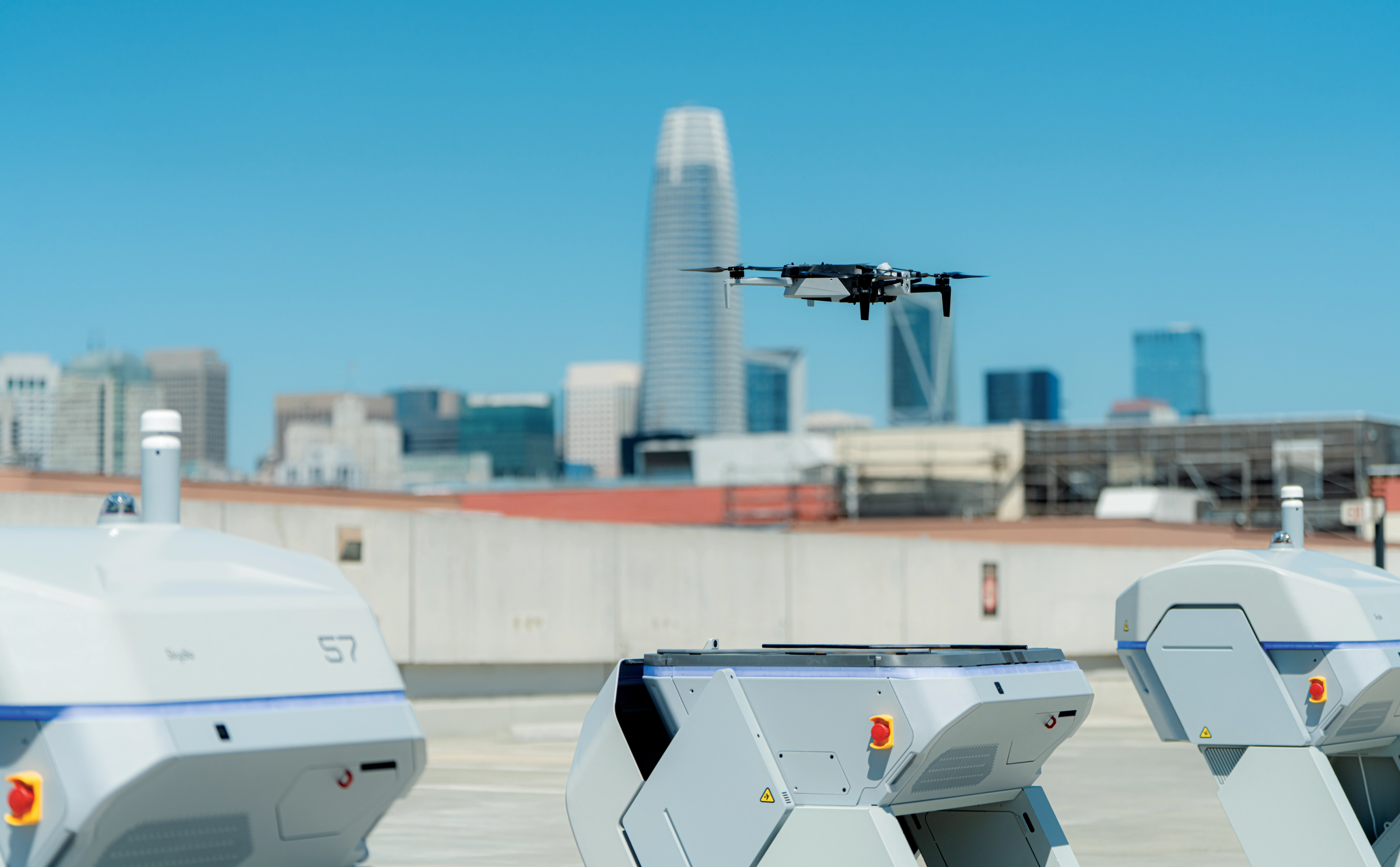
In the most important regulatory advancement in the drone industry in a decade, the FAA has published draft rules for beyond visual line of sight (BVLOS) operations. Here’s what you need to know.
Understanding the proposed rule
The notice of proposed rulemaking covers two new regulations: Part 108 and Part 146.
- Part 108 includes operating rules for beyond visual line of sight operations of highly automated drone systems, including larger drones over 55 lbs, and regulations on the design and manufacture of BVLOS-capable drones.
- Part 146 is a new framework to certify and oversee organizations that provide automated data services for safety functions that support BVLOS operations, such as drone deconfliction.
These draft regulations have the potential to unlock industry-wide scale, but only if their final form represents the operational realities and successes we see today.
Skydio drones are built for BVLOS. Our customers rely on our products every day to fly some of the most advanced BVLOS small UAS operations in the world--from responding to emergency calls in the largest American cities to inspecting mission-critical power plants and critical infrastructure sites. We are closely engaged on the new rules and are committed to enabling seamless compliance for our customers.
What will change?
The draft regulations propose important changes for drone programs across all sectors, from critical infrastructure inspection programs to public safety DFR programs.
- Operator Certification. Organizations that want to operate at scale and maximize mission capability will want to become a Certified Operator. Your organization will need to demonstrate that it can conduct advanced drone operations safely. A big part of that is documenting your drone program’s policies and procedures, such as organizational roles and responsibilities, safety management practices, and training programs.
Skydio already offers Drone Program Documentation Services. Skydio’s team of regulatory experts will be here to help you achieve this certification when the new rules go into effect.
Before obtaining operator certification, you will be able to request an Operating Permit. This will allow you to fly BVLOS, but with certain limitations on how many drones you can operate and where.
- No new pilot certificate. The proposed rules do not include a new certification for remote pilots. Instead, the rule enables new roles such as Operations Supervisor and Flight Coordinator. To be qualified for these roles, you’ll need appropriate training provided by your organization. The Part 107 Remote Pilot Certificate is not required by the rule.
Skydio’s team of regulatory experts can help you develop training programs to meet the requirements of your current Part 107 and Part 91 waivers while also preparing you to train your personnel for the new roles defined under the proposed rules.
- Not just any drone. Under Part 107 and Part 91 Public Aircraft Operations, you can choose any drone and make the case for its use in the waiver process. Under Part 108, you’ll need to choose a drone system that has a ‘declaration of compliance’. This means the drone has certain capabilities and meets technical safety requirements for BVLOS flight. You’ll likely be able to check for this declaration on an FAA web portal, similar to current declarations for standard Remote ID drones and drones eligible for operations over people. Skydio is participating in industry technical standards development groups and is closely following the requirements.
Skydio drones are built for BVLOS and are flying every day under waivers. Our drones will be ready for you to use under Part 108.
Significant differences
The new regulations propose several significant differences from Part 107 and Part 91 operations under waiver. These differences are:
- Avoiding Aircraft. Part 107 and Part 91 waivers require that drones must yield the right of way to all manned aircraft.
Under Part 108, drones operating within shielded areas, close to fixed infrastructure where the vast majority of manned aircraft cannot safely operate, have right-of-way. Drones operating outside of a shielded area must be maneuvered to avoid manned aircraft taking off and landing near airports and those that are “Electronically Conspicuous”. Electronic Conspicuity (EC) is a technical means for the drone operator to detect (“See”) those other aircraft. This represents a sharing of the airspace between traditional aircraft and new entrants, paving the way for enhanced safety and efficiency in low-altitude airspace operations.
Skydio drones safely fly in shielded areas today and are already equipped with ADS-B In, an EC technology. Our integration of ADS-B detection across Flight Deck, Remote Flight Deck, and DFR Command means you will be able to comply with Part 108 requirements to maintain awareness of the air traffic near your drone operation to avoid manned aircraft equipped with EC.
Skydio already offers an ADS-B integration that is simple to use and helps operators maintain a safe distance from low-flying aircraft. Our partners offer solutions that can detect manned aircraft not equipped with ADS-B.

- Drone Deconfliction. With expanded BVLOS operations enabled under the new rules, there will be areas with an increased number of drones in the sky. The low-altitude airspace in urban and suburban areas will be shared by drones flying for public safety, for inspections, and for a variety of delivery offerings. Drones will need to avoid each other as well as person-carrying aircraft.
Skydio is rolling out drone deconfliction technology that supports the Hive model for Dock-based remote operations. Our partners offer additional technology that can be used for deconfliction with other drones.
- Multidrone Operations and Automation. Part 107 is based on a single pilot controlling a nearby manual drone using visual cues. Part 108 enables an Operator to control a fleet of drones flying beyond visual line of sight in larger areas and along longer routes. Drones eligible for these operations will be highly automated and will be capable of handling a variety of situations without human intervention.
Just like Skydio drones are built for BVLOS, Skydio drones are built for highly automated operations and are already conducting multidrone operations. Skydio Autonomy has been developed over the past 10+ years to make our drones easy to operate, even in critical situations and complex environments.
When will new rules take effect?
The recent announcement, called a Notice of Proposed Rulemaking, is basically a draft version of the regulations. With the proposed rules now published, the rulemaking process includes a public comment period of 60 days. After this, the FAA will consider the comments and revisit the rules to make any final changes before publishing a final rule.
Presidential Executive Order “Unleashing American Drone Dominance” called for these enabling regulations to be made final by March 2026. However, it may take some time for the FAA to fully implement compliance processes enabling drone manufacturers to declare BVLOS-eligible drones and for operators to become certified. Skydio always strives to stay ahead of the curve and will closely follow implementation progress to ensure a seamless transition to the new rules.
During this interim period, your Part 107 or Part 91 waiver will still be in effect and your approved operations can continue.
What does this mean?
If you already operate Skydio drones today under Part 107 or Part 91 with waivers, don’t worry - you can continue to operate under waivers until the final version of the BVLOS rules go into effect, at which point you can begin to comply with the new rules. Skydio will be with you every step of the way to ensure that you can keep flying and to help you take advantage of these new rules to expand your program to deliver even more value.
If you’re interested in starting a drone program, there’s never been a better time to get started. You can still apply for waivers with our expert guidance to get up and begin flying today. Skydio customers are already remotely operating X10s from Docks located around the U.S. You can get started today knowing that Skydio drones are built for the near-future of routine BVLOS.

Prepare for the BVLOS future, today.
With more than a decade of experience in advanced drone operations, the Skydio Regulatory Team is ready to help you become a Certified Operator of BVLOS drones under Part 108. You can get a head start now through our Program Documentation service which offers assistance with developing drone program policies such as roles and responsibilities, training standards, standard operating procedures, and safety management practices. Whether you are a public safety agency building a DFR Program or an enterprise interested in use cases from inspection to asset monitoring to site security, Skydio can help you build a solid foundation for the coming BVLOS future.
Conclusion
We appreciate the Administration’s commitment to unleashing innovation in drones. As we review the proposed rules, we anticipate submitting comments designed to ensure that the rule builds on the FAA’s work over the last five years to grant hundreds of approvals for Skydio customers. Those approvals allow customers to conduct BVLOS operations around the country, including in major metropolitan areas, without the use of visual observers or radars. The new rule needs to make it even easier to operate at scale in urban environments.
Skydio drones and autonomy technology are built to enable a safe, reliable, and effective BVLOS future – and we’re ready to take you there.
